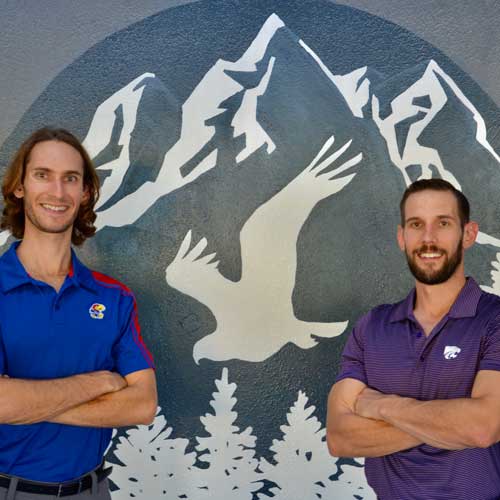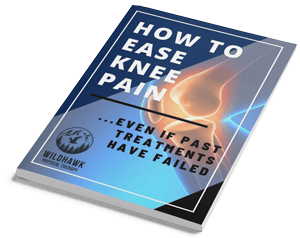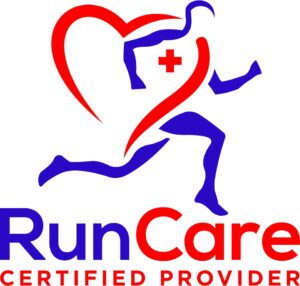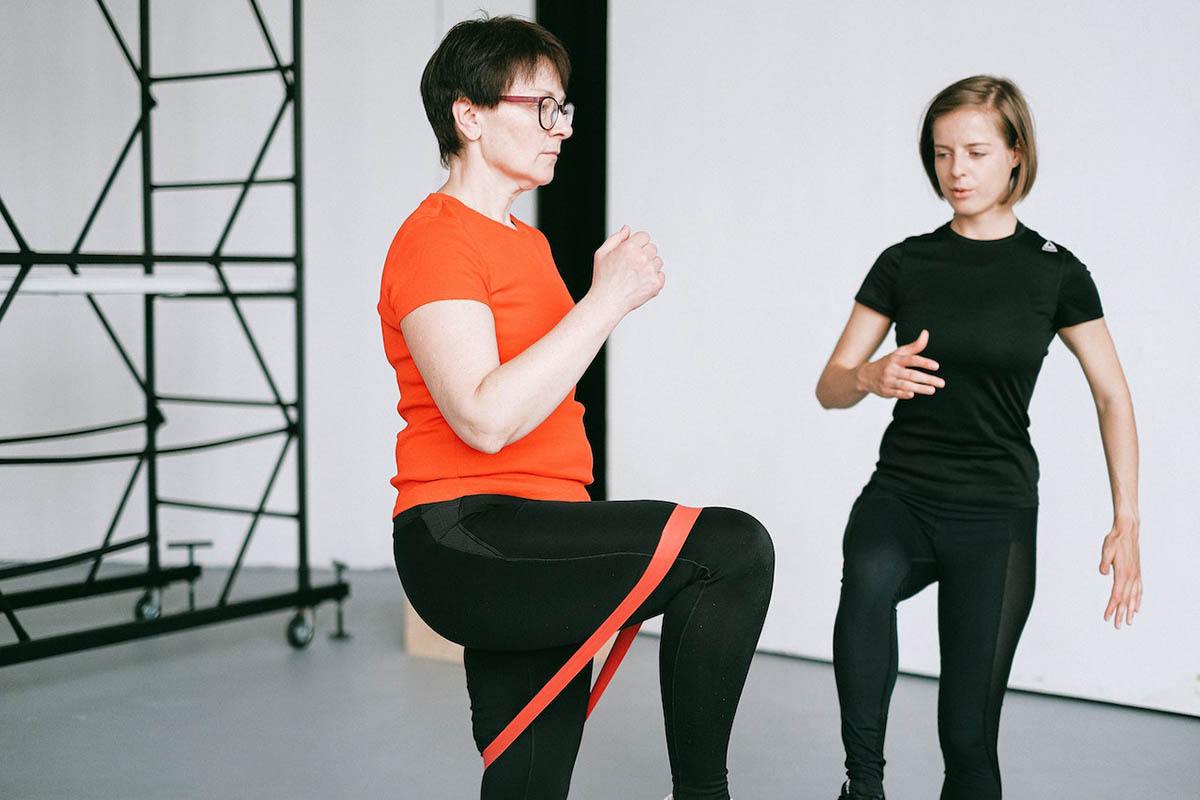
Advanced orthopedic physical therapy has transformed how we treat and recover from various physical ailments. This specialized field of physical therapy provides comprehensive care for those dealing with injuries, chronic pain, post-surgical recovery, or other orthopedic issues. By blending advanced techniques, thorough evaluations, and customized treatment plans, orthopedic physical therapists offer significant relief, improved mobility, and lasting benefits. In this guide, we’ll explore how advanced orthopedic physical therapy works, its benefits, and why choosing the right therapist can be key to a successful recovery.
What is Advanced Orthopedic Physical Therapy?
Advanced orthopedic physical therapy focuses on diagnosing, treating, and preventing musculoskeletal disorders and injuries. It addresses a wide range of conditions affecting the joints, bones, muscles, and ligaments, combining traditional physical therapy methods with advanced diagnostics and treatment techniques. Orthopedic and sports physical therapy also includes professional orthopedic and sports physical therapy services, which specifically target sports-related injuries, whether from overuse, acute trauma, or poor biomechanics. Orthopedic physical therapists use a variety of pt diagnostic skills, including differential diagnosis and clinical reasoning, to understand each patient’s needs and create a plan that facilitates tissue healing, improved mobility, and strength.
Orthopedic physical therapists assess issues through an orthopedic physical examination, evaluating the entire musculoskeletal system to identify the root cause of pain or dysfunction. They often incorporate the biopsychosocial model, which addresses the complex interplay between physical, emotional, and environmental factors, to enhance their understanding of the patient’s condition. This holistic approach helps them craft individualized treatment plans that support comprehensive recovery and prevent reinjury.
Benefits of Orthopedic Physical Therapy
Orthopedic physical therapy offers various benefits beyond simple pain relief. It plays a significant role in improving the patient’s quality of life, especially when advanced orthopedic and sports physical therapy techniques are applied to ensure maximum functional recovery.
Pain Management and Relief
One of the primary goals of orthopedic physical therapy is to provide pain management and relief. By utilizing techniques such as manual therapy, myofascial release, and joint mobilization, therapists can directly target areas of pain and tension, offering relief from conditions like pain in the knee, shoulder pain, or lower back pain. Techniques such as pain neuroscience education help patients understand the origins of their pain, making them better equipped to manage it. Furthermore, these methods help to reduce pain signals and retrain the body’s responses to discomfort, creating a more sustainable reduction in pain.
Improved Mobility and Flexibility
Injuries, surgeries, and chronic conditions can limit flexibility and movement. Orthopedic physical therapy provides mobility techniques and motion restoration exercises designed to improve flexibility and joint function. By implementing kinesiological techniques and assistive devices, therapists help restore joint mobility and improve the patient’s range of motion. Orthopedic physical therapists often use flexibility training to support long-term improvements in joint function and overall mobility, while strengthening the surrounding muscles to support the musculoskeletal structure effectively.
Post-Surgical Recovery
Post-surgical recovery is a critical component of orthopedic physical therapy. Therapists create personalized recovery plans that address the specific needs of patients recovering from surgeries such as joint replacements or ligament repairs. With post-surgical rehabilitation, orthopedic physical therapists implement safe, effective exercises that support healing, prevent complications, and encourage movement in a controlled way. A successful post-surgical therapy plan focuses on gradually restoring strength and movement, supporting tissue healing, and preventing the recurrence of injuries, thereby speeding up recovery time.
Following most orthopedic surgeries, physical therapy is a crucial element in the recovery journey. It not only helps patients regain range of motion but also strengthens the surrounding muscle groups, enhances neuromuscular coordination, and corrects balance challenges. Additionally, therapy sessions are essential for building functional endurance, which supports a smoother transition back to daily activities.
Common Conditions Treated with Orthopedic Physical Therapy

Orthopedic physical therapy is beneficial for a wide variety of conditions. By combining traditional methods with advanced orthopedic and sports physical therapy techniques, therapists can treat everything from chronic joint pain to complex injuries.
Joint Pain and Arthritis
Chronic joint pain and arthritis are among the most common conditions treated by orthopedic physical therapists. Nearly one in four U.S. adults—about 54.4 million people—have been diagnosed with arthritis, making it a leading cause of disability nationwide. This condition not only affects quality of life but also significantly impacts economic costs, reflecting its widespread effects on individuals and society alike. Whether it’s pain in the knee, hip, or shoulder, patients can find relief through targeted treatments such as manual therapy techniques, joint mobility testing, and therapeutic exercises. Arthritis, which involves the wear and tear of cartilage, responds well to physical therapy that focuses on strength restoration, pain reduction, and improved joint function.
Sports and Overuse Injuries
Injuries sustained from sports or repetitive activities can lead to long-term issues if not treated properly. Advanced orthopedic and sports physical therapy targets these injuries using differential diagnosis, which helps identify the exact tissue or structure affected. Therapists may employ adaptive techniques to aid in recovery from both acute injury and chronic injury types, promoting tissue healing and restoring normal function. Biomechanics and kinesiological techniques also play a vital role in preventing injuries by analyzing and correcting movement patterns that could lead to overuse.
Postural and Musculoskeletal Issues
Poor posture, musculoskeletal imbalances, and conditions like scoliosis can cause significant pain and dysfunction. Orthopedic physical therapists address these issues through postural correction exercises, muscle strengthening, and spinal manipulation. By performing functional evaluations and focusing on movement and strength, therapists can create programs that improve posture, enhance core stability, and reduce stress on affected muscles.
How Advanced Techniques Support Recovery
Advanced orthopedic physical therapy combines traditional methods with innovative techniques to maximize recovery outcomes. By using a mix of manual therapy, therapeutic exercise programs, and specialized rehabilitation equipment, physical therapists can address complex musculoskeletal pathologies and enhance healing. These techniques not only aid in pain relief but also improve movement, strength, and long-term function, providing patients with a comprehensive path toward recovery.
Manual Therapy and Mobilization
Manual therapy and joint mobilization are hands-on techniques used to manipulate and mobilize soft tissues and joints, reducing pain and improving movement. Techniques like neuro-mobilization and spinal manipulation are often incorporated to restore the proper function of the nervous system and reduce nerve-related discomfort. These methods are highly effective in managing pain and promoting flexibility, allowing patients to regain movement without invasive treatments.
Therapeutic Exercise Programs
Customized therapeutic exercises are integral to orthopedic physical therapy. These exercises, tailored to each patient’s needs, target specific muscle groups and improve strength, balance, and flexibility. In cases involving pain or injury, exercises focusing on strength restoration and motion restoration are crucial for effective rehabilitation. Therapists assess each patient’s needs, ensuring exercises are aligned with their rehabilitation goals and progressively challenging as the patient regains strength and endurance.
Use of Modern Rehabilitation Equipment
Advanced orthopedic physical therapy often involves modern rehabilitation equipment that enhances treatment efficacy. Equipment like resistance bands, balance boards, and electronic stimulation devices aid in recovery by providing support, resistance, and feedback. This equipment is particularly useful in enhancing outcome measurements and tracking progress, allowing therapists to adjust treatment plans as necessary. The use of specialized tools supports functional evaluations and offers patients the opportunity to build strength in a controlled, supervised environment.
Choosing the Right Orthopedic Physical Therapist
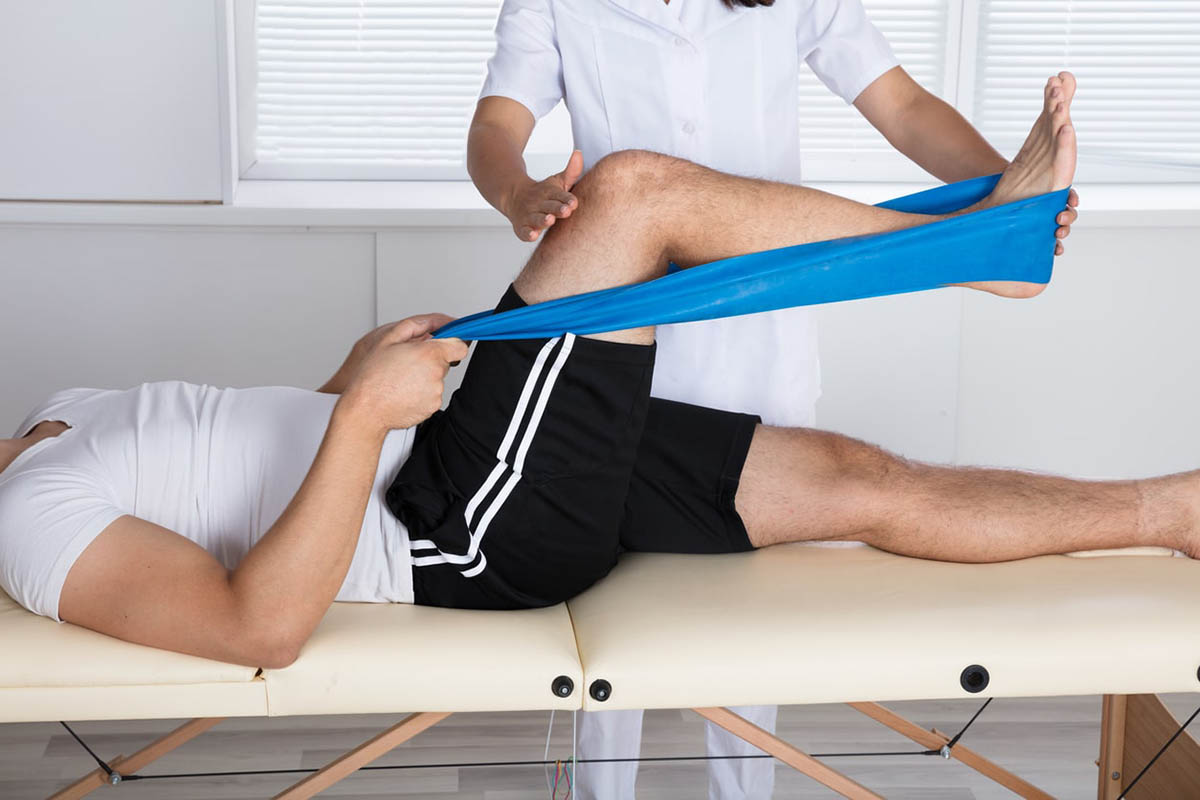
Selecting a qualified orthopedic physical therapist is essential for effective treatment and recovery. Look for a therapist with proven pt diagnostic skills, excellent therapist-patient communication, and an approach grounded in both clinical reasoning and patient-centered care. Patient feedback and patient satisfaction surveys can provide insight into the therapist’s reputation and effectiveness. Additionally, therapists who prioritize care coordination and regularly update their individualized treatment plans based on patient progress tend to achieve better outcomes.
At Wildhawk Physical Therapy, we are dedicated to empowering your recovery and enhancing your physical well-being through advanced orthopedic and sports physical therapy techniques. Our skilled team specializes in creating personalized treatment plans that address each patient’s unique needs, whether for managing chronic pain, recovering from surgery, or improving mobility. With a focus on manual therapy, therapeutic exercises, and evidence-based practices, we aim to help you restore strength, reduce pain, and achieve lasting results. Ready to take the next step in your journey to optimal health? Contact us today to learn more about our comprehensive approach to physical therapy.
Conclusion
Advanced orthopedic physical therapy is a highly effective approach for addressing pain, improving mobility, and promoting long-term health. Through personalized treatments, evidence-based techniques, and advanced equipment, patients can find relief from conditions that may otherwise limit their quality of life. By understanding the benefits and applications of orthopedic physical therapy, patients can make informed decisions about their care, ultimately achieving better health outcomes.
FAQs
What is the role of Physiotherapy in orthopedics?
Physiotherapy in orthopedics is crucial for assessing and treating musculoskeletal conditions. By conducting thorough orthopedic physical examinations and using techniques like manual therapy and therapeutic exercises, physiotherapists help patients manage pain, improve mobility, and strengthen their bodies, aiding in recovery from injuries and surgeries.
What is the highest level of physical therapy?
The highest level of physical therapy involves specialized knowledge and skills, including pt diagnostic skills, advanced manual therapy techniques, and expertise in differential diagnosis. Therapists at this level have advanced training in areas like pain neuroscience education, biomechanics, and tissue healing, allowing them to effectively address complex conditions.
What is the meaning of orthopedic treatment?
Orthopedic treatment focuses on managing conditions affecting the musculoskeletal system, including bones, muscles, joints, and ligaments. This form of treatment may involve manual therapy, therapeutic exercises, and specialized equipment, all designed to reduce pain, restore function, and support healing for a variety of orthopedic and sports-related issues.


